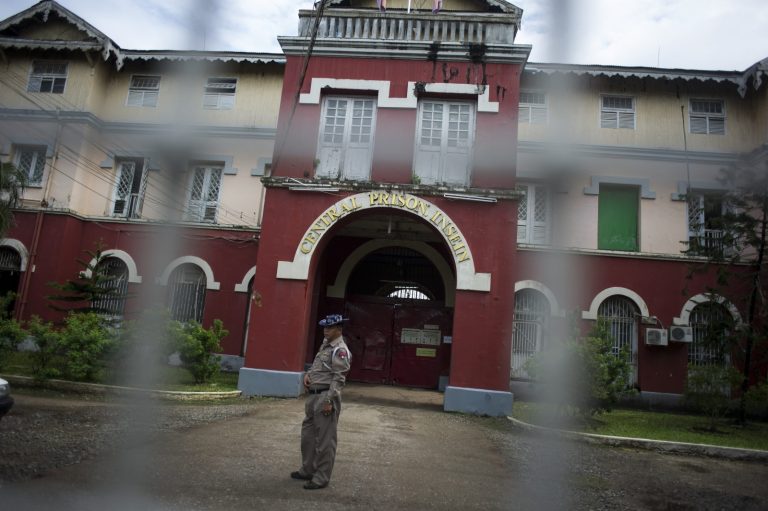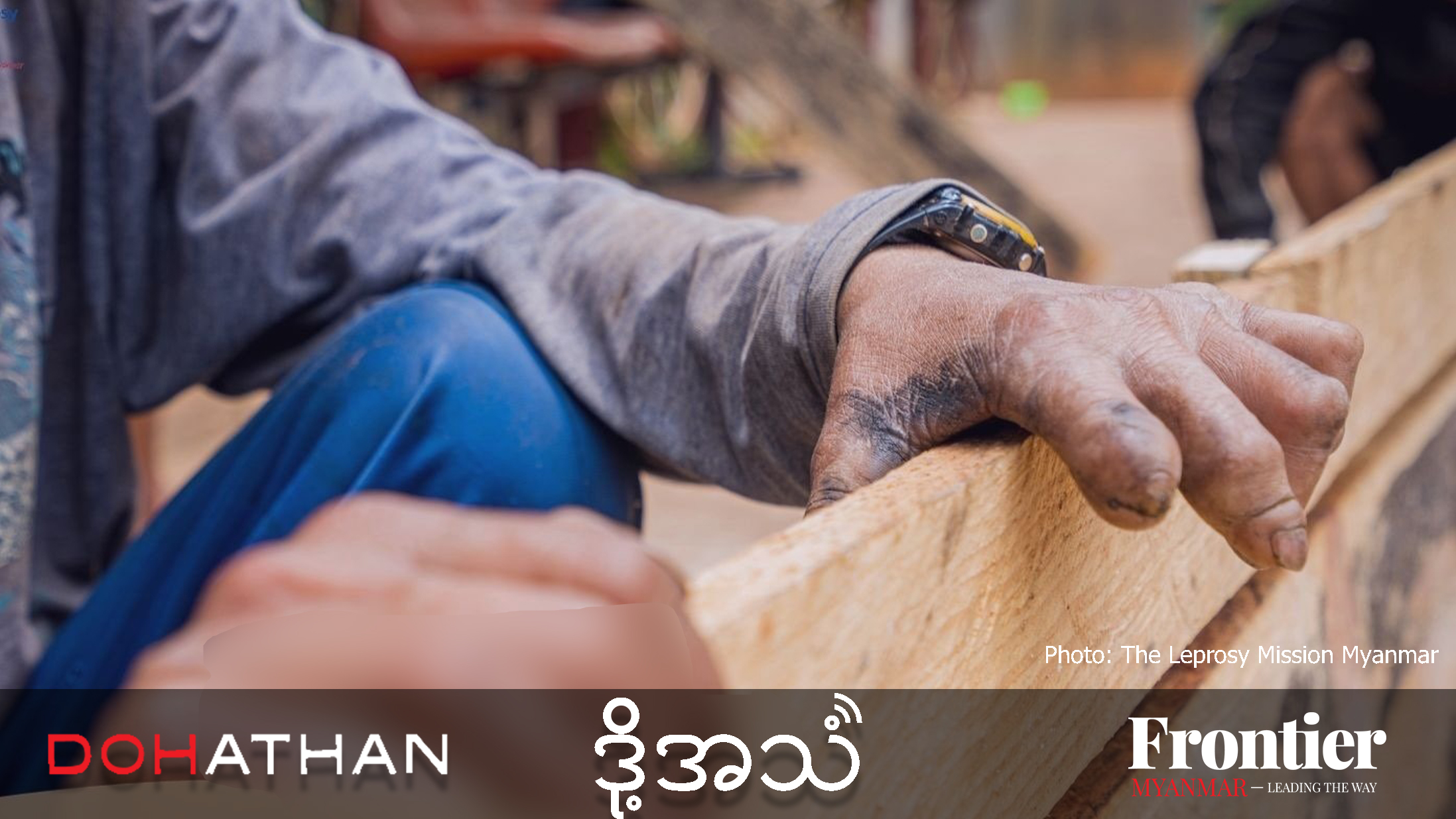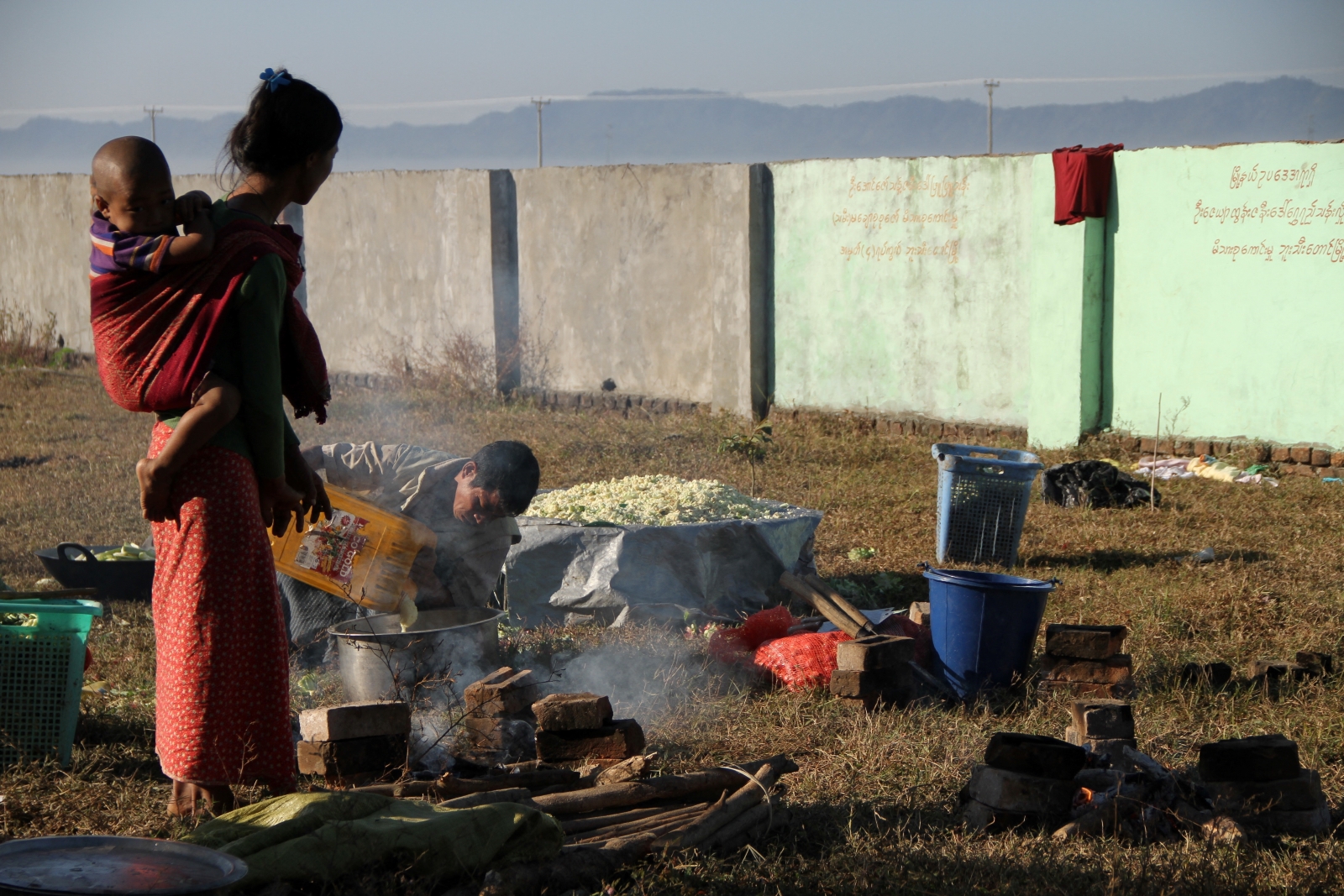Those displaced by conflict in central Myanmar face a sinister threat in the form of venomous snakes, exacerbated by the military’s travel restrictions and hoarding of antivenom.
By ANT PWEH AUNG | FRONTIER
The quiet of the Sagaing Region village was shattered by a mother’s wails as the ambulance arrived from Monywa General Hospital.
Inside was the body of her four-year-old son, who had been bitten by a venomous snake after fleeing his home during a military raid. His father, U Maung Toe*, gently carried him into their family home, while other women in the village tried to comfort the inconsolable Daw Thuzar*.
U Min Thu*, leader of the Pay Sett Thu social rescue and funeral service group in Monywa Township, which transported the body from the hospital, was also heartbroken.
“We feel the same pain as the victim’s family,” he told Frontier. “A child died because they couldn’t get him to the hospital in time. This year, the number of snakebite deaths is higher than previous years.”
This is due to a combination of factors that can be traced back to the 2021 military coup. Tens of thousands of civil servants – including many doctors and nurses – walked off their jobs in protest to join the Civil Disobedience Movement against the regime, crippling the public health sector, while the junta cracked down on efforts to build parallel health services.
Peaceful protests were violently dispersed by the military, pushing civilians to form new anti-junta armed groups broadly known as People’s Defence Forces and plunging the country into civil war. Suffering unexpected battlefield defeats, the military has launched punitive raids on villages in PDF strongholds, especially in Sagaing.
Displaced villagers are forced to take shelter in the forests and paddy fields where snakes are common. Meanwhile, military checkpoints mean snakebite victims are afraid to travel and experience agonising delays getting to hospitals.
“In the past, you could travel without restrictions and the number of patients who died from snake bites was low,” explained Min Thu. “Anybody could go to the hospital any time and government hospitals had enough medicine. Now everything has changed.”
Bites on the rise
On September 9, the military launched a raid on 12 villages in Pale Township, forcing Maung Toe, Daw Thuzar and thousands of others to flee their homes.
“When they flee, they relocate to the paddy fields and sleep on mats, so it’s reasonable to assume the danger of snake bites is higher,” said Dr Nan Win, deputy head of the Pale People’s Administration Team. PATs act as local authorities under the National Unity Government, a parallel administration appointed by elected lawmakers deposed in the coup.
This is precisely what happened to Maung Toe and Daw Thuzar. On their second night sleeping in the paddy fields, they were woken up by their son’s screams of pain, catching just a glimpse of a snake disappearing into the brush.
The small cottage hospital in the township had closed in 2021 when its staff joined the CDM, so they needed to travel to the Monywa General Hospital, over 60 kilometres away. But with soldiers still stationed in and around the village, they were too terrified to move. With the help of some other villagers, they tried treating his wound with Burmese herbal remedies, but his condition didn’t improve.
“I was so afraid watching my son suffering, I wished I could suffer instead of him,” Daw Thuzar said.
Early the next morning, they decided to bring their son to the hospital on a motorbike. Before the coup, this was about a 90 minute journey, but they said it took them more than three hours because of the many security checkpoints along the way, and the child died before reaching the hospital.
Ma Theint Nwe Win*, a snake researcher with Yangon University, said there are 35 venomous terrestrial snakes across Myanmar. In Sagaing and Magway regions, she said the most dangerous snakes are two species of cobra, three of kraits and the Eastern Russell’s viper.
“The Eastern Russell’s viper… poses a significant risk, particularly during rainy season and summer, with a heightened risk during harvesting activities due to its defensive behaviour,” she said. “Those forcibly displaced by conflict navigate areas rich in these vipers, such as paddy fields, increasing the danger of snakebites, particularly in the absence of flashlights during their journeys. The highly nocturnal activity of Eastern Russell’s vipers exacerbates the risk.”
According to Pay Sett Thu in Monywa, there are around 50 snake bites per month – 15 of which are fatal – in the township and surrounding areas, including Budalin, Ayadaw, Shwebo, Tabayin, Kani, Pale, Salingyi, Yinmarbin and Chaung-U townships. This marks a significant increase from pre-coup numbers, when around four people died per month.
Even in the last year, as conflict intensifies, numbers have continued to inch upward in some places.
The Kyunhla-Kantbalu activist group, active in Kantbalu District, recorded an increase in snake bites and deaths this year specifically. From the coup until November 13 this year, 126 displaced people have suffered from snake bites, with 11 people dying, including two children aged eight and nine. Seven of those deaths occurred in this year alone.
The Pale People’s Administration Team said there are around five snakebites per month in the township this year – up from 20 per year in 2021 and 2022. Illustrating the importance of timely treatment, the PAT said nobody died this year due to the application of antivenom.
A stranglehold on antivenom
But while the Pale PAT has managed to collect these life-saving supplies, activists elsewhere said this isn’t always possible, and the consequences are often fatal.
“In conflict-affected regions, the availability of antivenom, crucial for treating venomous snakebites, becomes a vital concern,” said Theint Nwe Win.
Activists and charity groups say more people could be saved if it weren’t for the junta’s stockpiling of antivenom and onerous travel restrictions. The country’s main manufacturer of antivenom is the Burma Pharmaceutical Industries factory in Yangon’s Insein Township, which is run by the regime’s Ministry of Industry. The factory only sells antivenom to government hospitals through a tender system, said a humanitarian donor in Yangon, who helps buy antivenom and other healthcare supplies for social welfare groups in conflict zones.
“If you want BPI antivenoms to donate, you have to buy them from the black market. When donating medicines to Sagaing, there are difficulties because the junta checkpoints do not allow the delivery of medicine,” the donor said.
Donors in Yangon buy black-market vials of BPI antivenom for cobra and viper bites for around K180,000 (US$53 at the market rate). They are then transported to Sagaing, sometimes requiring travel through hidden trails in the forest and other smuggling routes to avoid regime checkpoints.
The S&C charity group, which primarily helps victims of arson, said it has donated 450 doses of antivenom and is preparing another 500. The supplies have mostly gone to CDM healthcare workers and charity clinics in Shwebo, Ye-U, Dapayin and Ayadaw townships.
“If other groups could distribute snake antivenom like we do, we would be able to protect more displaced people from death by snakebite,” said an S&C member.
But it’s too late for Daw Thuzar’s son.
“If only my son could have been given the antivenom in time, he wouldn’t have faced such a tragedy. Now our lovely only child is gone forever.”
*indicates the use of a pseudonym for security reasons







